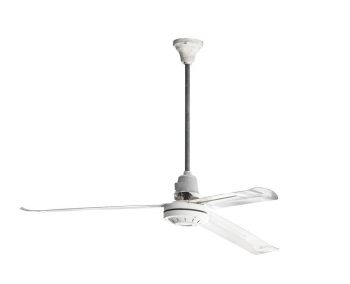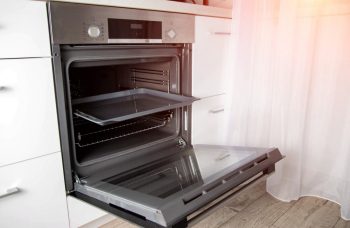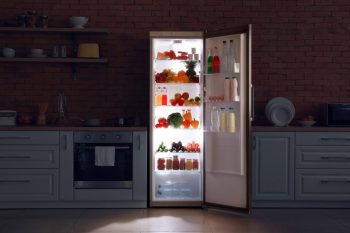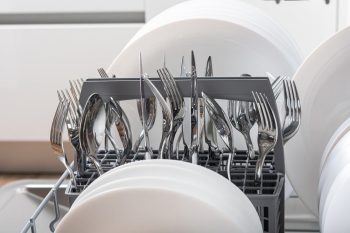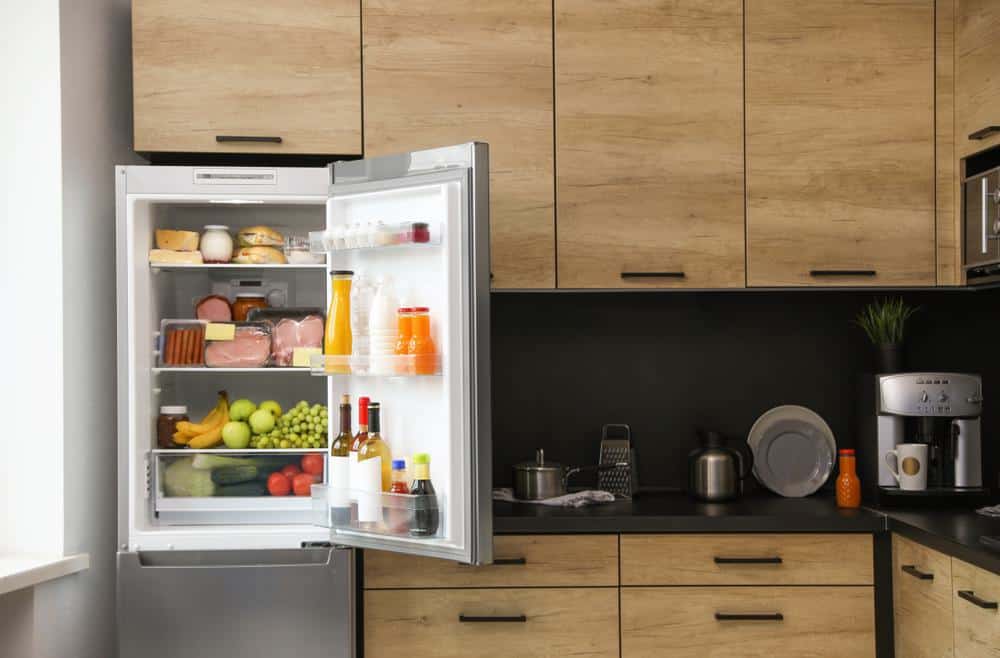
Refrigerators are an essential part of our daily lives, keeping our food fresh and safe to consume. But have you ever wondered what the numbers 1-5 on your fridge mean? Understanding these settings can help you optimize your fridge’s efficiency, maintain the freshness of your food, and even save on energy costs.
The numbers 1-5 on a fridge represent the refrigerant power, or in simpler terms, the temperature settings. 1 is the warmest setting and 5 is the coldest. These numbers help you adjust the internal temperature of your fridge for optimal food storage. However, the specific temperature each number corresponds to can vary depending on the fridge model and manufacturer. It’s recommended to use a thermometer to accurately set your fridge temperature.
Understanding the 1-5 Scale on a Fridge
The numbers 1-5 on a fridge represent the refrigerant power, with 1 being the warmest and 5 being the coldest setting. These numbers help you adjust the internal temperature of your fridge to ensure optimal food storage and preservation.
The Significance of the Settings
The ideal temperature for a fridge is between 3-5°C (37-40°F). However, a lower fridge temperature does not necessarily mean better food storage. The ideal fridge temperature for food is 8°C and below, but taking into account the temperature drop from opening and closing the fridge door, the fridge should be set at a temperature between 1-5°C.
How the 1-5 Scale Corresponds to Temperature
The 1-5 scale on a refrigerator corresponds to the refrigerant power. The higher the number, the colder the fridge will maintain its temperature. For example, if your fridge has a dial with numbers ranging from 1 to 5, you can place a thermometer on the middle shelf and adjust the dial to find the setting that maintains the desired temperature.
Recommended Settings
The recommended settings for refrigerators with a 1-5 scale may vary depending on the specific model and manufacturer. However, generally speaking, the numbers on the fridge’s temperature dial indicate the refrigerant power, with higher numbers making the fridge colder.
Maintaining the Temperature
To properly maintain the temperature of a fridge using the 1-5 scale, it is recommended to use a thermometer to measure the actual temperature inside your fridge. Once you know the temperature each number on the scale represents, you can adjust the fridge accordingly to maintain the ideal temperature range and prevent potential issues.
Potential Problems of Incorrect Settings
Setting your fridge consistently on the wrong number on the 1-5 scale can lead to several potential problems such as food spoilage, freezing food, increased energy consumption, and inefficient operation.
Energy Consumption
Setting the fridge at an incorrect temperature can lead to increased energy consumption. If the fridge is too cold, it will work harder to maintain the lower temperature, using more electricity.
Tips for Proper Maintenance
To ensure that your fridge maintains the proper temperature, keep the fridge full but not cramped, regularly check and adjust the temperature, and clean the fridge regularly.
Understanding the 1-5 scale on your fridge and how to adjust it can help you maintain the ideal temperature for food storage, prevent food spoilage, and save on energy costs.
Frequently Asked Questions
What does it mean if my fridge doesn’t have a 1-5 scale?
If your fridge doesn’t have a 1-5 scale, it may have a different system for adjusting the temperature. Check your fridge’s manual or contact the manufacturer for specific instructions.
How often should I check the temperature of my fridge?
It’s recommended to check the temperature of your fridge at least once a week. Regular checks can help you maintain the optimal temperature and adjust the settings if necessary.
What should I do if my fridge isn’t cooling properly, even after adjusting the settings?
If your fridge isn’t cooling properly, it could be due to various issues like a faulty thermostat, blocked vents, or a malfunctioning fan motor. It’s best to contact a professional to diagnose and fix the problem.
How can I reduce energy consumption of my fridge apart from adjusting the temperature?
Apart from adjusting the temperature, other ways to reduce your fridge’s energy consumption include keeping the door closed as much as possible, ensuring the door seals are tight, and defrosting the fridge regularly if it’s not frost-free.
Can I keep my fridge at the same setting all year round?
The optimal fridge setting can vary depending on the ambient temperature. In warmer months, you may need to set your fridge to a higher number (colder setting) compared to cooler months. Regular temperature checks can help you adjust the settings as needed.



